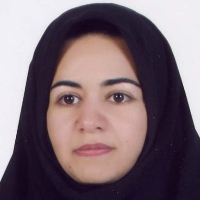Feasibility of using geometric morphometrics on larvae of Loristan newt for population identifications
Feasibility of using geometric morphometrics on larvae of Loristan newt for population identifications Lorestan newt (Neurergus kaiseri, Schmidt 1952) is one of the native amphibians inhabiting streams, springs and waterfalls in the mountain regions of south and southwestern Iran. The current study was conducted, for the first time, to investigate the feasibility of using geometric morphometrics on larvae to distinguish the populations of this species. Image processing for morphometric analyses was performed on 112 larvae collected from eight sites. Two-dimensional land marking was used and 19 landmarks were selected for digitization. Morphometric data were then overlaid and analyzed using multivariate statistical methods (PCA and CVA). Results showed morphological differences between larvae of the studied populations and two morphological clusters can be distinguished within the populations. Therefore, due to differences between these populations and the difficulty of distinguishing these larvae based on the color patterns, it is recommended to be more cautious about releasing larvae to the wild.
-
Strategic conservation planning in steppe areas based on indicator species (case study: Asian houbara in the south of Kerman Province)
*, Mahtab Mijoni Jabalbarez
Journal of Arid Biome, -
Molecular identification and characterization of indigenous bacterial strains isolated from soils around some oil refineries in Iran
Zahra Alipour Asadabadai, *, Sayed Hossein Mirdamadian, Mohsen Soleimani
Journal of Dry land Soil Research, Summer 2024



